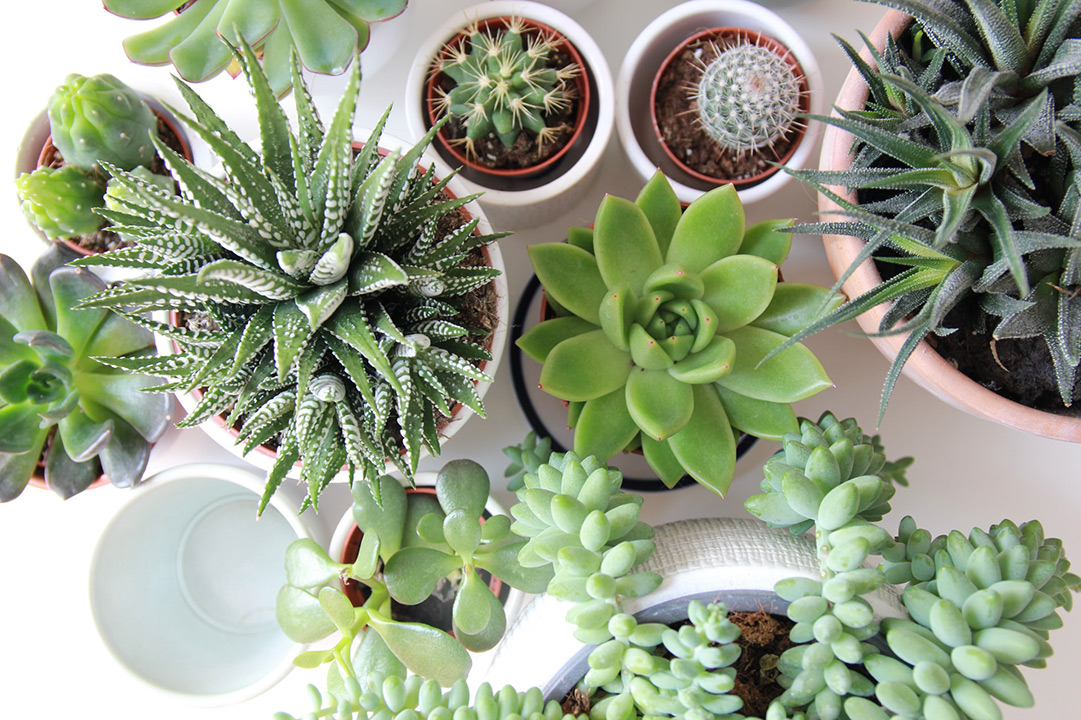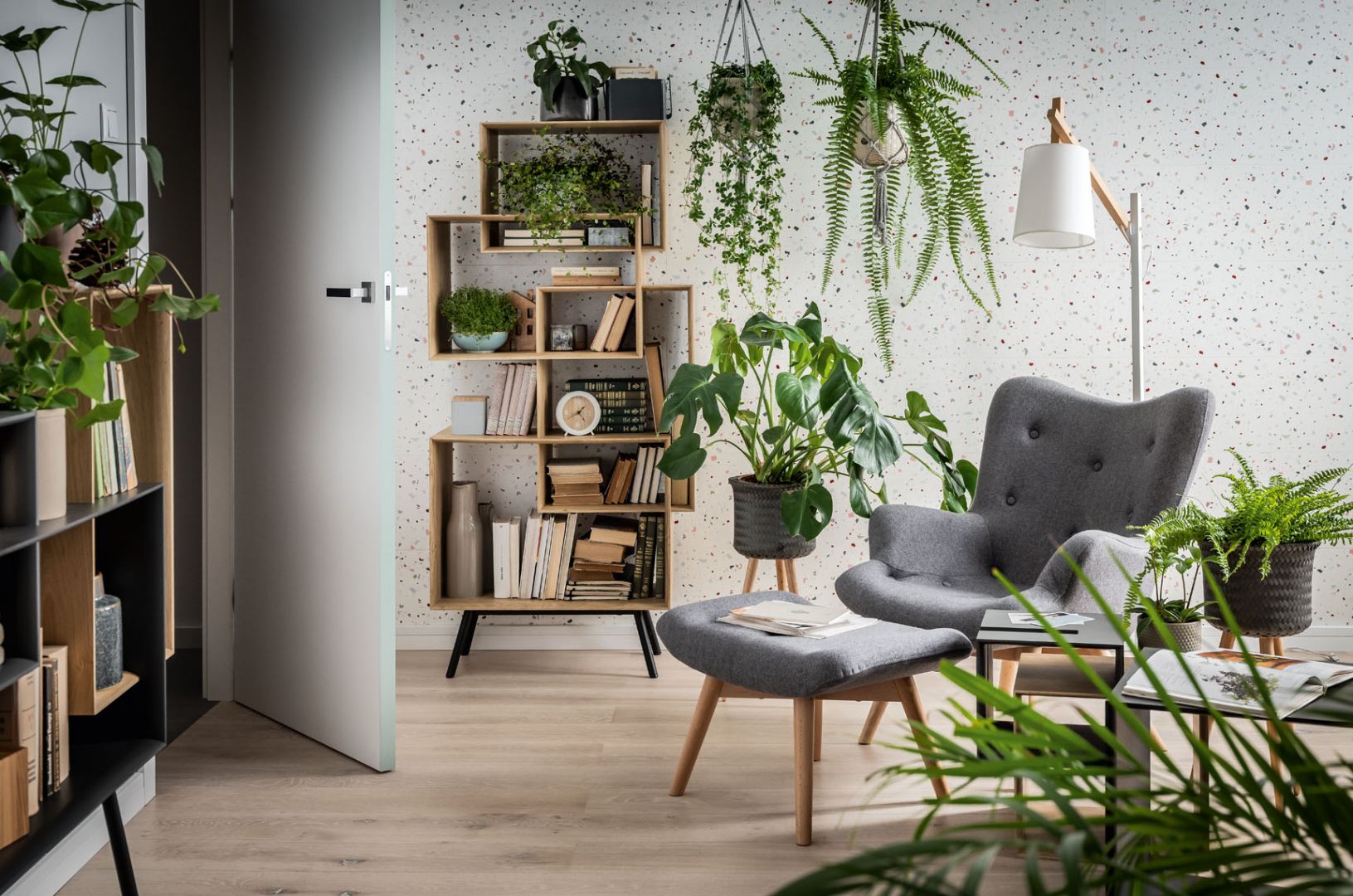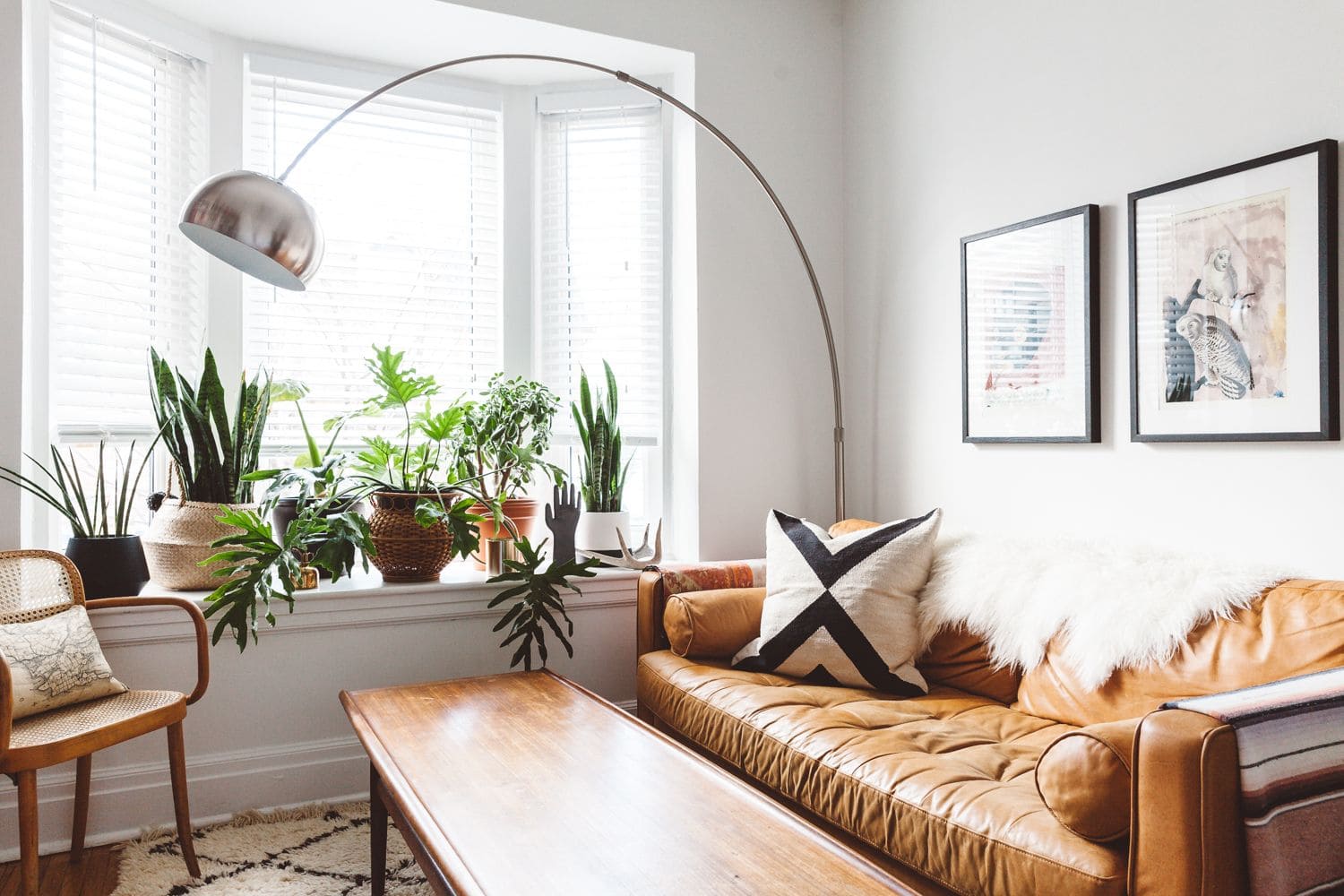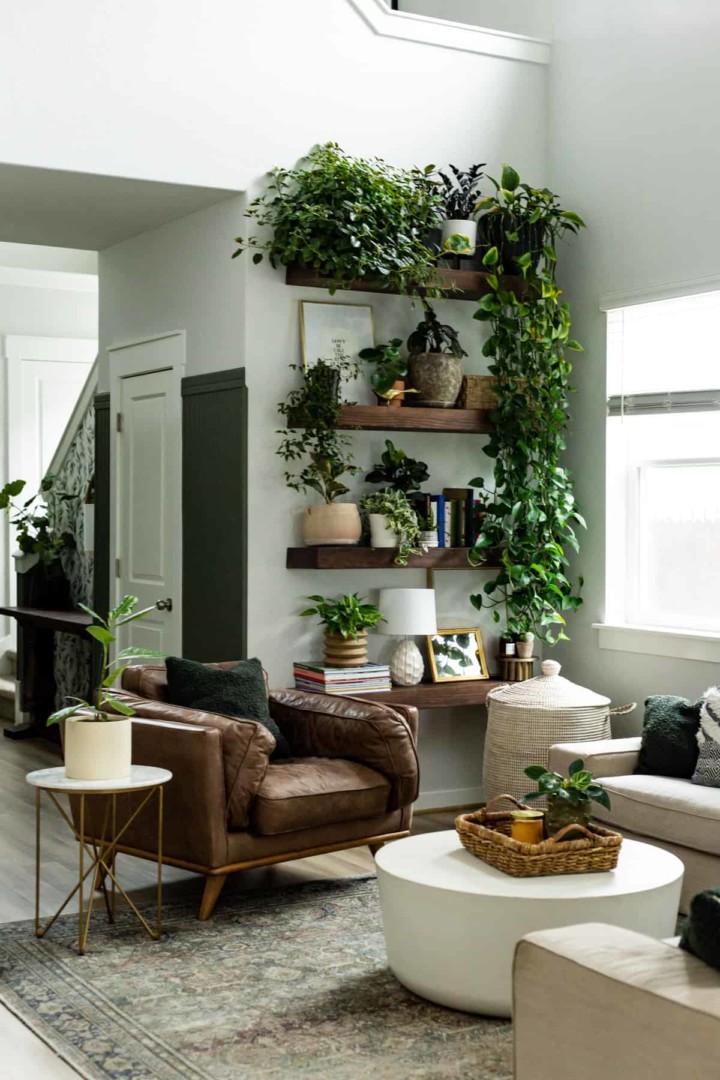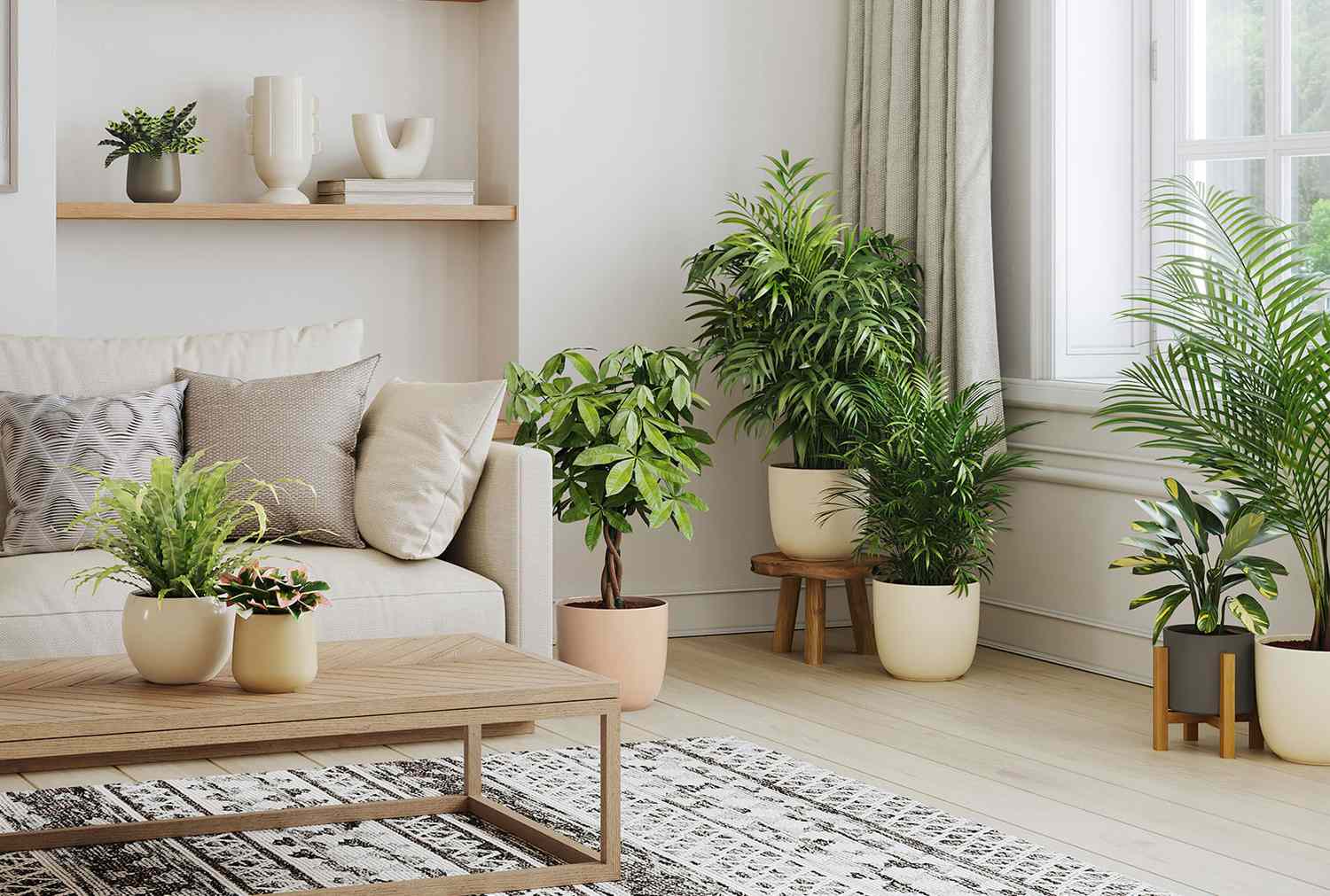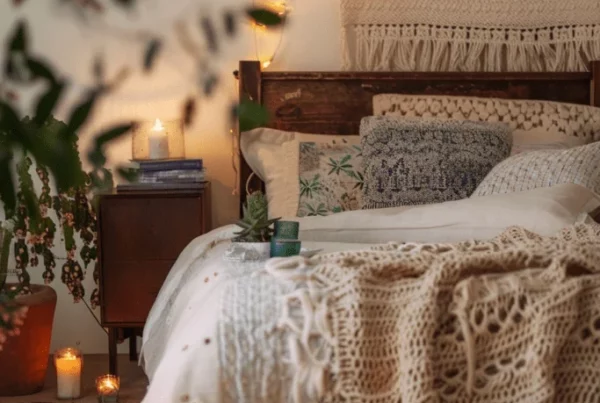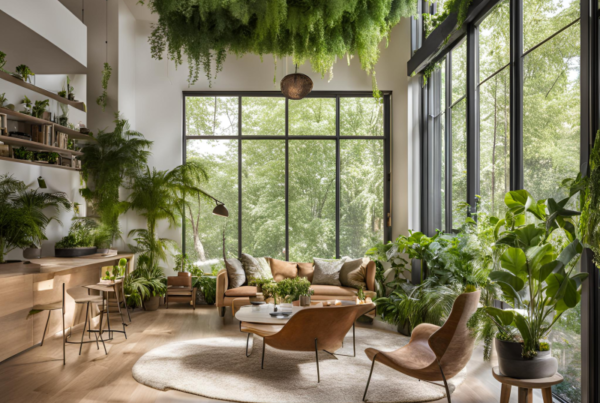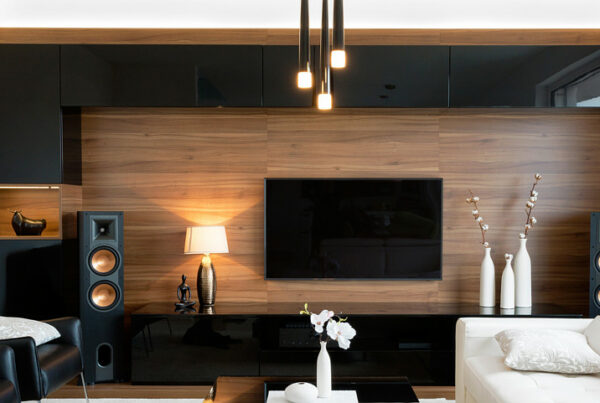Table of Contents
Plants in the apartment – what to do to get the best effect
Bringing nature indoors has become a popular trend in recent years. Incorporating plants in the apartment not only adds a touch of greenery but also improves air quality and creates a calming atmosphere. However, successfully cultivating plants indoors requires careful consideration of several factors.
Choosing the Right Plants
The first step to creating a thriving indoor garden is selecting the appropriate plants for your space. Consider the following factors:
- Light conditions: Determine the amount of natural light your apartment receives. Some plants thrive in bright, indirect light, while others prefer low-light conditions.
- Space: Assess the available space for your plants. Small apartments may require compact options, while larger spaces can accommodate larger plants.
- Care requirements: Consider your lifestyle and commitment level. Low-maintenance plants are ideal for busy individuals, while those with more time can explore more demanding varieties.
Creating a Plant-Friendly Environment
Once you’ve chosen your plants, it’s essential to create an environment that supports their growth. Here are some tips:
- Proper lighting: Place plants near windows that receive adequate sunlight. If natural light is limited, consider using artificial grow lights.
- Watering: Establish a regular watering schedule, but avoid overwatering. Check the soil moisture level before watering.
- Humidity: Many plants prefer higher humidity levels. Use a humidifier or place plants on pebble trays filled with water to increase moisture.
- Temperature: Maintain a consistent temperature range suitable for your chosen plants. Avoid extreme temperature fluctuations.
- Fertilizing: Provide your plants with essential nutrients through regular fertilization. Follow the instructions on the fertilizer product.
Styling Your Indoor Garden
To create a visually appealing indoor garden, consider these styling tips:
- Varying heights: Combine plants of different sizes and heights to create a dynamic display.
- Grouping plants: Cluster similar plants together for a cohesive look.
- Using planters: Choose planters that complement your interior design style and enhance the overall aesthetic.
- Incorporating hanging plants: Maximize vertical space by hanging plants from the ceiling or walls.
Popular Indoor Plants
There are countless plant species suitable for indoor cultivation. Here are some popular choices:
- Low-light plants: Snake plants, cast iron plants, and pothos are known for their ability to thrive in low-light conditions.
- Air-purifying plants: Spider plants, peace lilies, and Boston ferns are excellent at improving indoor air quality.
- Trendy plants: Monstera deliciosa, fiddle leaf figs, and succulents are popular choices for their stylish appearance.
Overcoming Common Plant Problems
Even with careful attention, plant problems can arise. Common issues include pests, diseases, and yellowing leaves. Addressing these problems promptly can help prevent further damage.
Conclusion
Incorporating plants into your apartment can transform your living space into a vibrant and inviting oasis. By carefully selecting plants, providing optimal growing conditions, and styling them effectively, you can create a thriving indoor garden that enhances your well-being.


